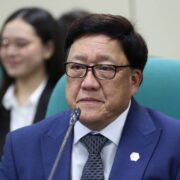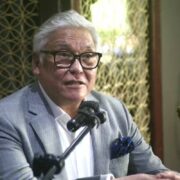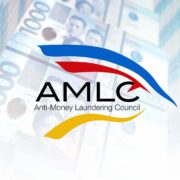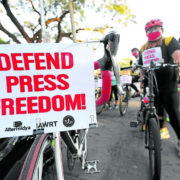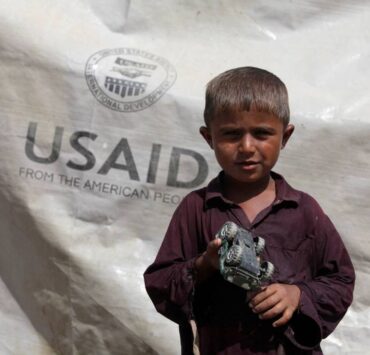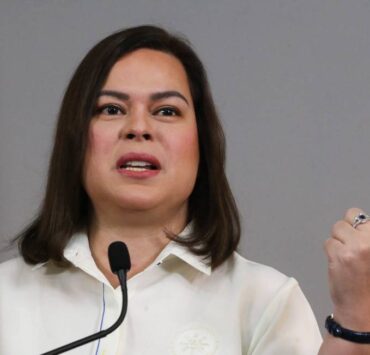Rights groups: Abuse, coercion rife in PH drug rehab
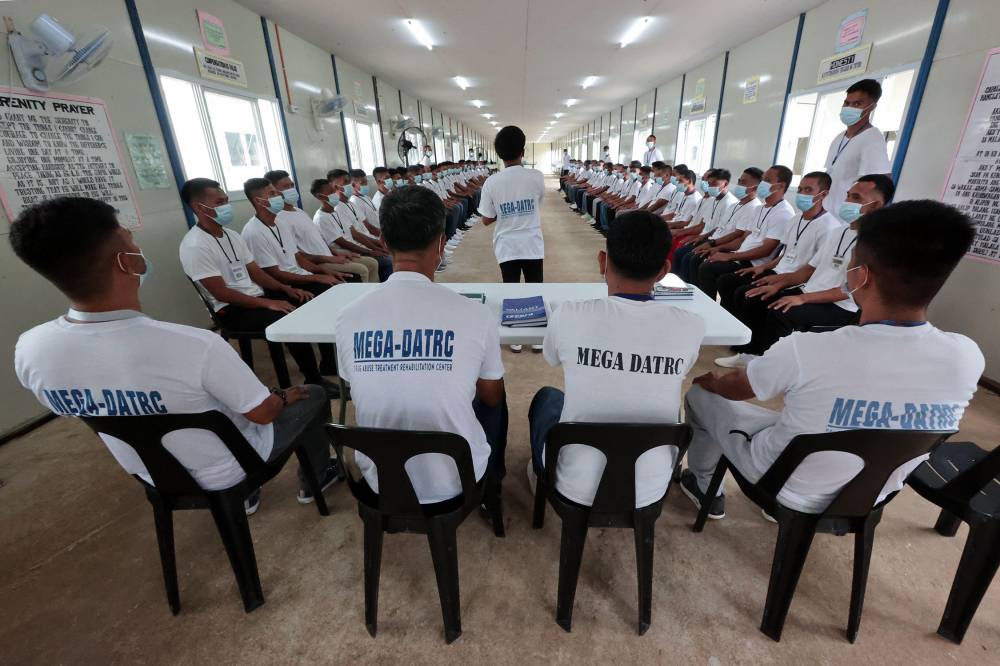
When masked vigilantes killed her husband at the height of the Philippines’ “war on drugs” in 2016, Liza Igcasinza admitted to the police that she was using banned substances and was forced to spend a year in rehab.
“I was very frightened. The police took our mug shots as if we were criminals,” Igcasinza, now 50, told Context.
She was one of thousands of Filipinos who submitted to a harsh regime of rehabilitation treatment rather than take the chance of a worse fate, at a time when armed gangs were carrying out summary killings of drug users and dealers.
The International Criminal Court is now investigating whether former Philippine president Rodrigo Duterte directed those killings while in power from 2016 to 2022.
While his successor, President Marcos, has promised a “bloodless” campaign against drugs focused on treatment, rights groups say some facilities still fail standards and have called for more health and social support.
Igcasinza was placed under a community-based program in her parish church in Caloocan City which she was required to visit daily for physical, psychiatric and spiritual interventions.
That program allowed her to kick her addiction and now she is employed by a nonprofit group to provide education and psychosocial support to other users.
“I tell them: Many people still believe that we can change. It’s hard to fight our addiction, but going through rehab can help us regain the trust of our communities and families, little by little,” she said.
Punitive measures
But rights organizations say others are not as lucky.
Juno Pegarido, an advocate for community-based health care, said drug users were forced to stay in military-style facilities and undergo sudden withdrawal and repeated drug testing.
Mary Catherine Alvarez, executive director of StreetLawPh, an nongovernment organization (NGO) working on drug policy reform in the Philippines, said the country’s drug law had “always been punitive.”
“Drug use is penalized with a six-month mandatory rehabilitation, and if a person is caught using drugs again while under rehab, the penalty is imprisonment,” Alvarez told Thomson Reuters Foundation in an interview.
“So it is not consistent with guidelines for rehabilitation, which stresses the process of recovery and considers events like relapse as part of that process,” she said.
The Philippines has at least 82 drug abuse treatment and rehabilitation centers, of which 24 are operated by the Department of Health, according to 2023 government data.
But an Amnesty International report published in November last year said coercion and abuse were rife in these facilities, where people “are held against their will and subjected to a range of human rights violations.”
The report said recovering drug users were “punished for using drugs” with unscientific methods and were subjected to long periods of isolation for violating facility rules.
Upon release, they must report to authorities for 18 months and undergo random drug tests.
Refusal is “taken as evidence of relapse,” the report said, adding that the government also did not support reintegration into society.
International standards set by the World Health Organization and the United Nations Office on Drugs and Crime (UNODC) say drug treatment should be voluntary, with informed consent, and should cover the social and economic issues behind drug use.
But domestic drug laws around the world, including in the Philippines, have favored detention and other punitive measures for drug use, Human Rights Watch said.
“We recognize that the Marcos administration has said that … it will look at drugs from the lens of public health,” said Rachel Chhoa-Howard, researcher for Amnesty International. “But … the punitive approach continues.”
Drug offenders in the Philippines can avoid jail time by submitting to rehabilitation.
The budget for rehabilitation centers around the country has jumped since the “war on drugs” was launched in 2016.
That same year, a 10,000-bed “mega drug abuse and treatment center” was opened inside the Philippines’ largest military camp in Nueva Ecija province, north of the capital Manila.
Amnesty International said the proximity of drug detention centers to police or military bases created a “prisonlike environment” for recovering users.
In 2018, the government boasted a “significant increase” in the number of admissions to treatment facilities, with plea bargains responsible for almost 25 percent of admissions that year.
Kristoffer Claudio, a drug policy reform advocate and lawyer at the Commission on Human Rights, said health practitioners, including those in drug treatment and rehabilitation, are “rarely integrated” into the criminal justice system.
Flawed drug policy
“Those who do not need such programs are forced into one that’s not evidence-based and not useful for the offender. Moreover, there’s no distinction between a person who uses drugs and a person with a drug use disorder. They are treated in the same manner, which makes the intervention for the offender unnecessary,” Claudio said.
One of the drivers for drug use in the country is poverty, experts say.
According to the Dangerous Drugs Board, men comprised more than 91 percent of admissions in 2023—partly, it said, due to high levels of stress and pressure as breadwinners.
A previous study noted that young and poor Filipinos needed drugs to do their various jobs in an informal economy.
Inez Feria of NoBox Philippines, an NGO advocating evidence and human rights-based drug policy, said some drug users were forced to attend rehabilitation sessions even without money for food and transportation.
The UNODC described compulsory treatment or rehabilitation, which remains common across Asia, as “unethical, ineffective [in] improving health and public safety outcomes and linked to negative impacts on criminal recidivism and drug use.”
Instead of detaining drug users in treatment facilities or jails, Alvarez said the government could replicate successful community-based programs instead.
“If people can see that there are really positive changes after enrolling into these programs, maybe rehabilitation will truly be voluntary in our country,” she said.





